The Three Clowns, circa 1900
Oil on panel
41 x 31 cm
53.5 x 45 cm with its frame
Signed and dedicated lower right
Louis Hayet is a post-impressionist and pointillist painter, born in Pontoise on August 29, 1864 and died in Cormeilles-en-Parisis (not far from Pontoise), on December 27, 1940. His parents, Calixte Hayet and Léontine Dufour, were very poor. At school, he was shy and reserved but was considered intelligent and gifted. His predisposition for painting would appear from the age of twelve. From 1877 to 1884, he traveled the roads with his father, a street vendor. A childhood friend of Lucien Pissarro, Hayet had the opportunity to show the latter his work to Camille Pissarro in 1883. Around 1885, he became friends with the Pissarros, father and son, whom he met again in Paris. Hayet, a draftsman and painter, became friends with the Neo-Impressionist group, Pissarro, as well as Signac and Seurat. At the beginning of May 1886, Lucien Pissarro and Hayet, during a visit to Seurat's studio, discovered "An Afternoon on the Island of La Grande Jatte." This visit, one or two weeks before the 8th and final exhibition of the Impressionists, was decisive. Hayet's pointillist paintings are of excellent quality. From 1887 onwards, he produced small formats in which the Neo-Impressionist touch became swirling and dynamic. During the Indépendants of 1889, Fénéon wrote: "... the third painting by M. Hayet is one of the most beautiful that the Impressionists have produced! In the afternoon, a valley, with very fragmented crops; a tall tree blossoms against the sky of clouds and sun in a sudden bouquet of foliage; the foreground is superb. [...] M. Hayet, who for the first time, we believe, is exhibiting a series of solid and personal works..." In 1890, however, he returned to a more classical style and Paul Signac would remove all mention of Louis Hayet from the second edition of "From Eugène Delacroix to Neo-Impressionism" (the manifesto of pointillism). After Seurat's death, Louis Hayet isolated himself, but nevertheless participated in eight of the exhibitions at Le Barc de Boutteville between 1894 and 1897. Hayet devoted the rest of his career to scientific research on pigments and color, without ever ceasing to paint.



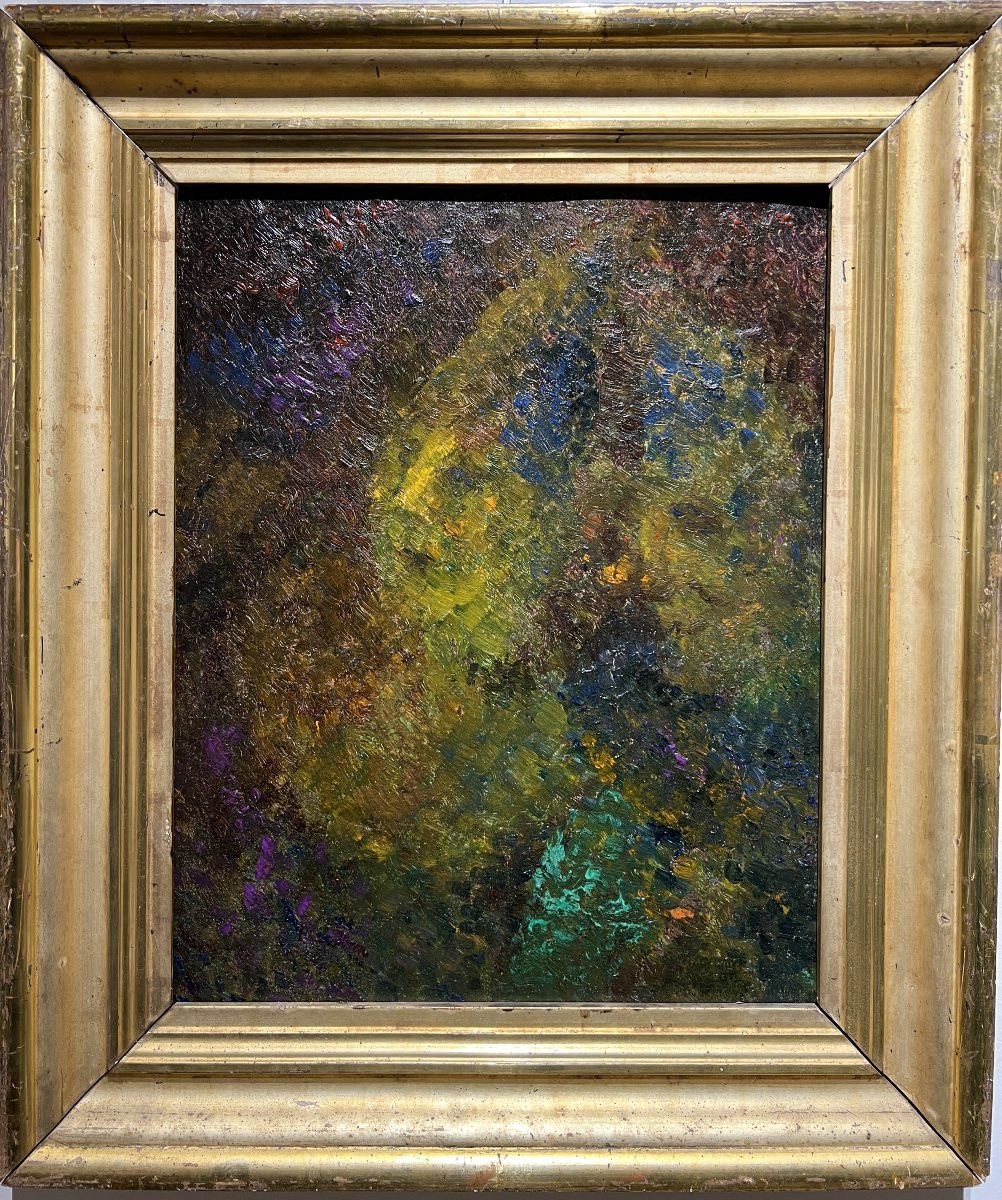



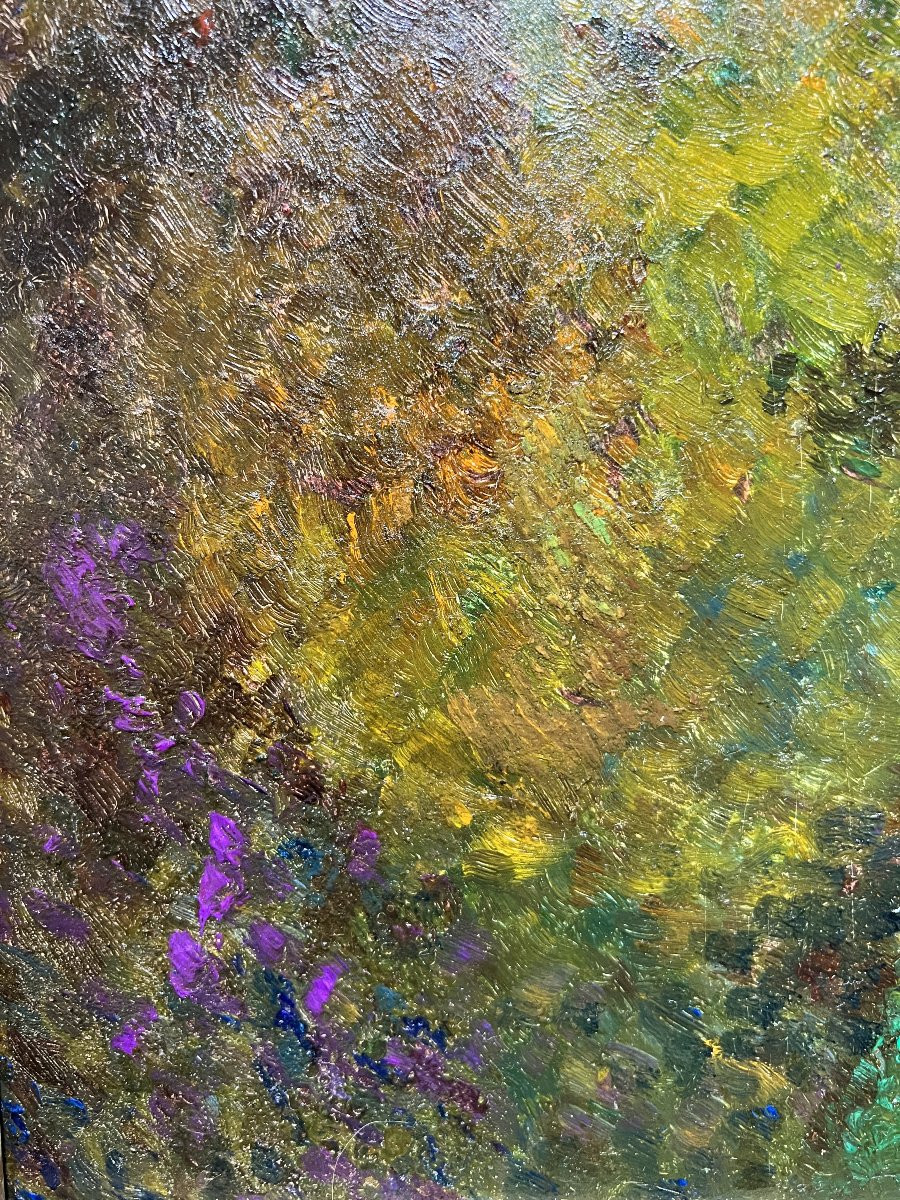

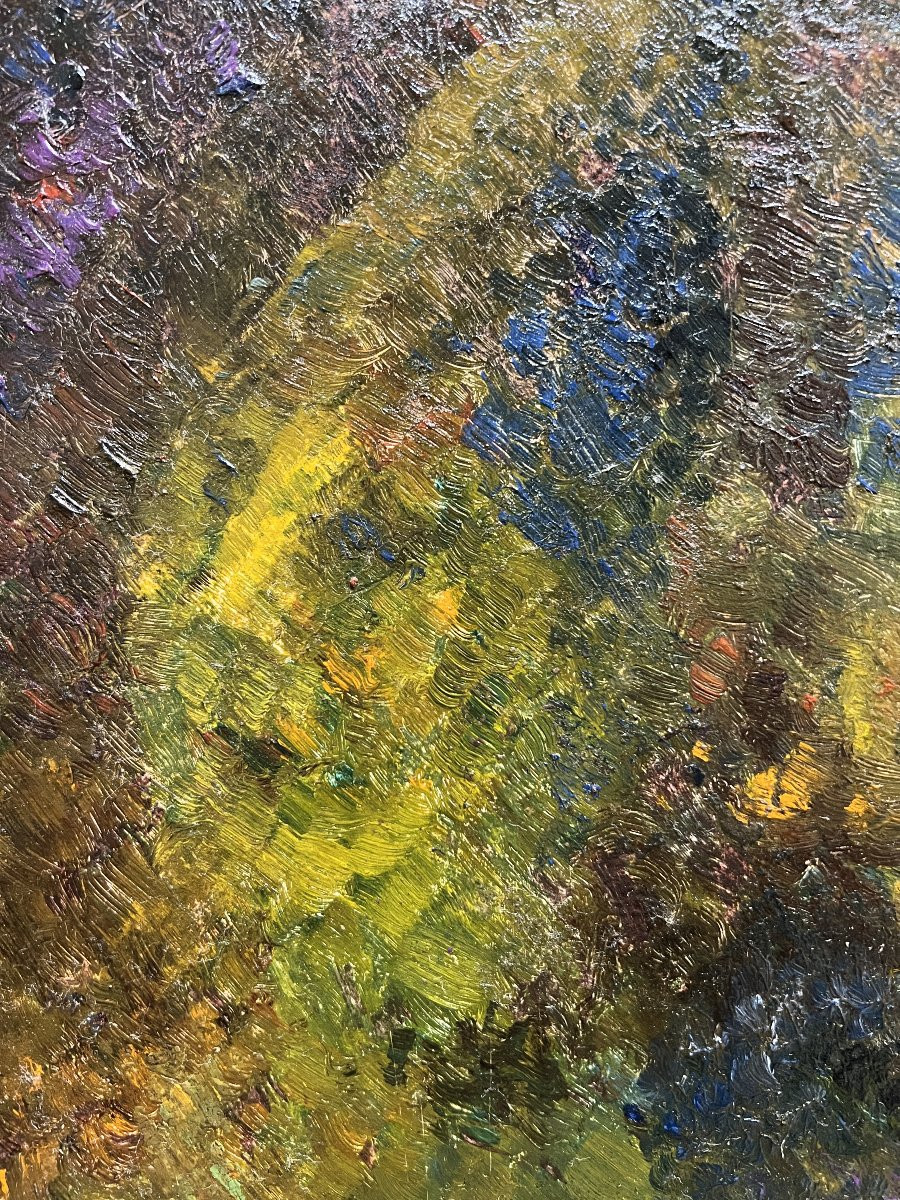

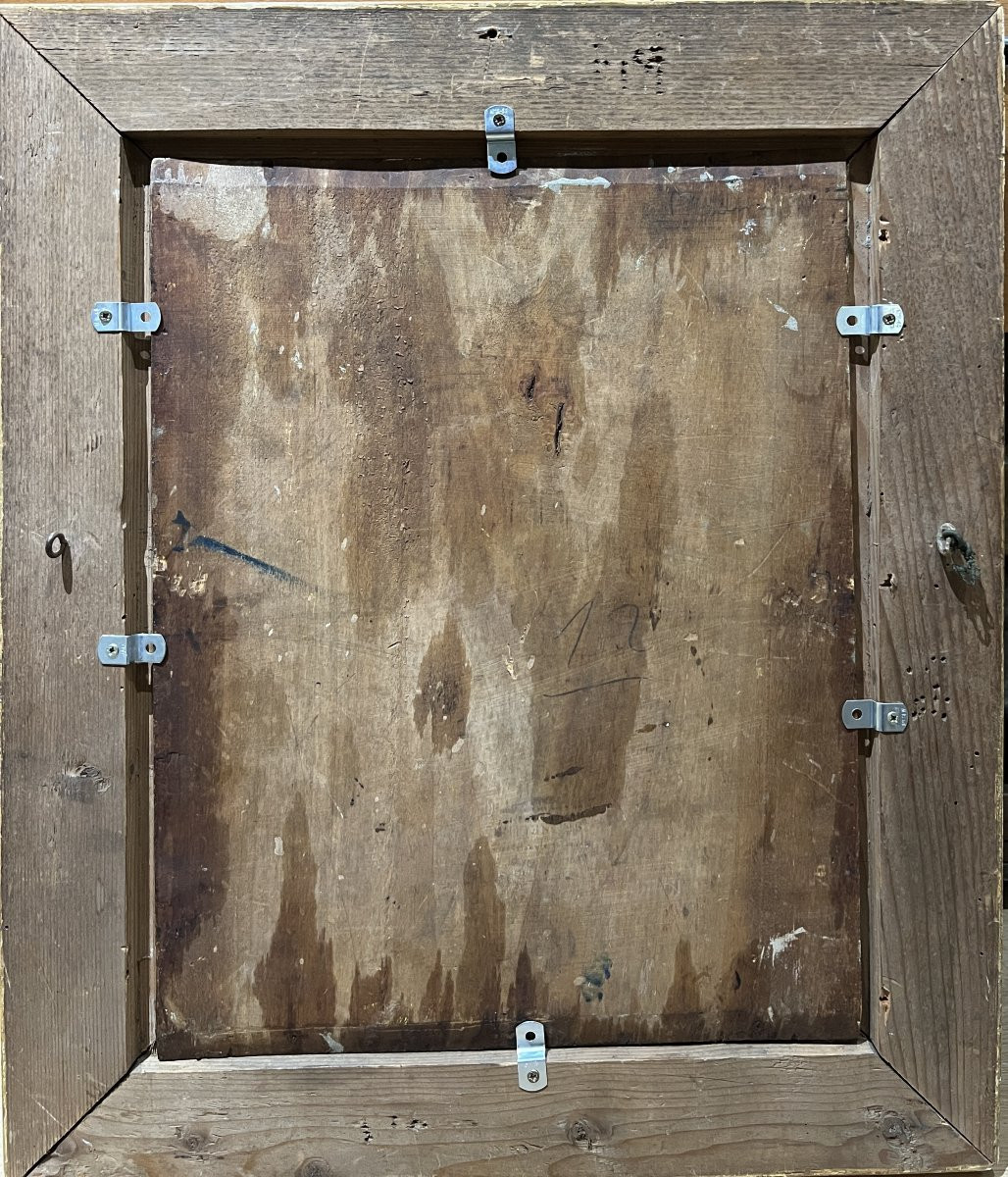











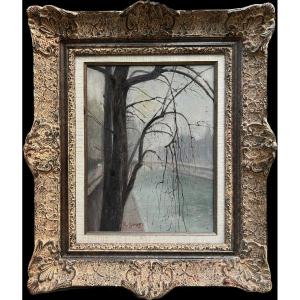


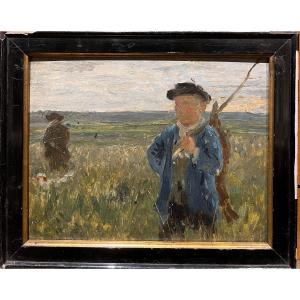






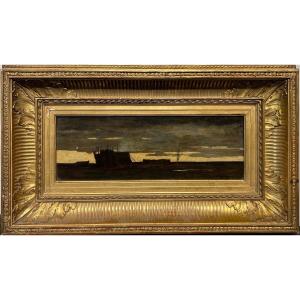






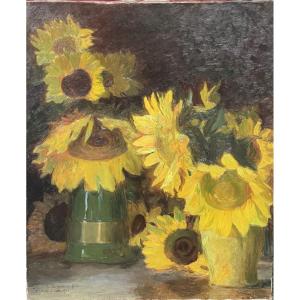




 Le Magazine de PROANTIC
Le Magazine de PROANTIC TRÉSORS Magazine
TRÉSORS Magazine Rivista Artiquariato
Rivista Artiquariato